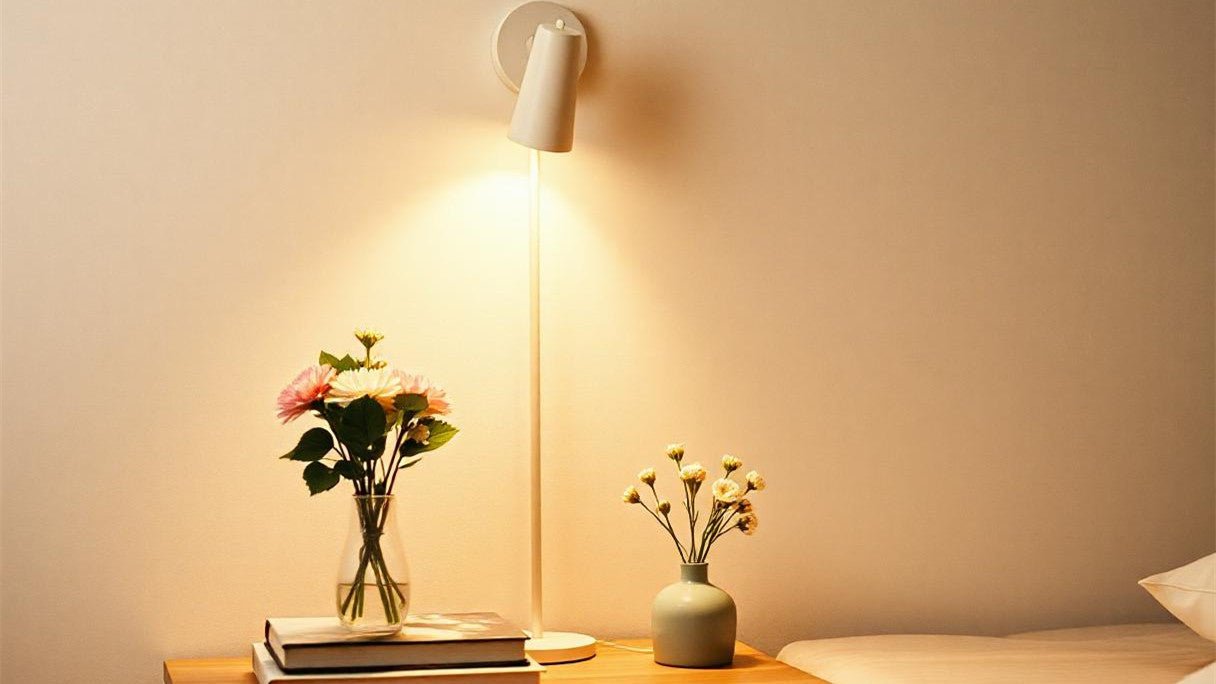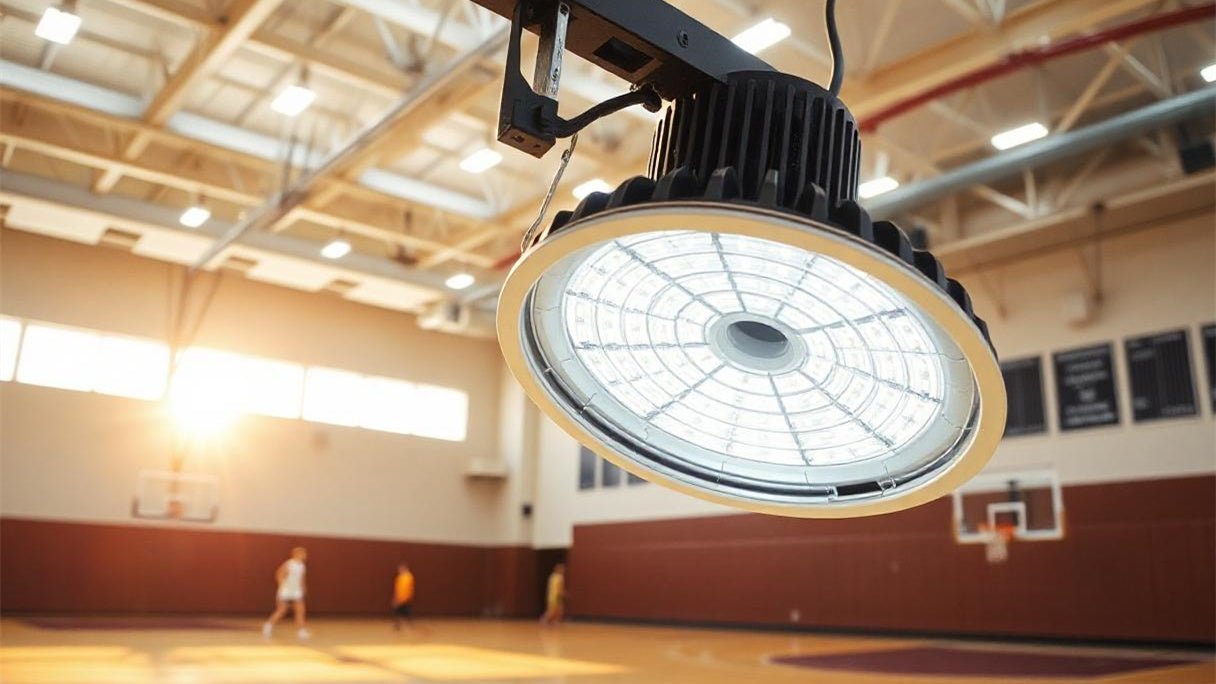Wall bulbs play a crucial role in our homes, providing the necessary light for various activities and enhancing the ambiance of our living spaces. However, like all light bulbs, wall bulbs can eventually go bad. Knowing when a wall bulb is bad is essential to maintain adequate lighting and avoid unnecessary replacements. In this article, we'll explore the signs that indicate a wall bulb is bad, how to check it, and tips for extending the life of your wall bulbs.
Common Signs That a Wall Bulb Is Bad
- No Light When Switched On:
The most obvious sign that a wall bulb is bad is when it fails to emit light when switched on. If you've checked the light switch and ensured it's in the "on" position, but the wall bulb remains dark, it could be an indication that the bulb has burned out.
2. Flickering Light:
Flickering is another sign that a wall bulb may be going bad. While flickering can sometimes be caused by loose connections or electrical issues, a flickering wall bulb is often a sign that the bulb is nearing the end of its life. If the flickering persists even after checking the connections, it's likely time to replace the bulb.
3. Dim Light:
If your wall bulb is emitting a dim light instead of the usual brightness, this could be a sign that it's starting to fail. Wall bulbs are designed to provide consistent light output, so any significant reduction in brightness is a red flag.
4. Buzzing Sound:
Sometimes, a bad wall bulb may produce a faint buzzing sound. This is often due to the filament inside the bulb vibrating as it fails. A buzzing wall bulb should be replaced immediately, as it could pose a safety risk.
5. Physical Damage:
Inspect your wall bulb for any visible signs of damage, such as cracks or discoloration. A damaged wall bulb is more likely to fail and should be replaced as soon as possible to avoid potential hazards.
How to Check If a Wall Bulb Is Bad
If you suspect that your wall bulb is bad, there are a few simple steps you can take to confirm it:
- Test the Bulb in a Different Fixture:
One of the easiest ways to check if a wall bulb is bad is to remove it from its fixture and try it in a different light fixture. If the bulb doesn't work in the new fixture, it's likely bad and needs to be replaced.
2. Inspect the Filament:
For incandescent wall bulbs, you can visually inspect the filament inside the bulb. If the filament is broken or has a dark, burned appearance, the bulb is likely bad. This method is not applicable to LED or CFL bulbs, as they don't have filaments.
3. Use a Multimeter:
If you have access to a multimeter, you can use it to test the continuity of the wall bulb. Set the multimeter to the resistance or continuity setting, and place the probes on the metal base of the bulb. If the multimeter doesn't show continuity, the wall bulb is bad.
4. Check the Circuit:
Sometimes, the issue might not be with the wall bulb itself but with the circuit or the fixture. Ensure that the circuit breaker hasn't tripped and that the fixture is properly wired. If the fixture and circuit are in good condition, and the bulb still doesn't work, it's a strong indication that the wall bulb is bad.

Tips to Extend the Life of Your Wall Bulbs
Knowing how to identify a bad wall bulb is important, but it's also helpful to understand how to extend the life of your bulbs. Here are a few tips:
- Avoid Frequent Switching:
Turning your wall bulbs on and off frequently can shorten their lifespan, especially for incandescent and CFL bulbs. Try to minimize switching to extend the life of your bulbs.
2. Use LED Bulbs:
LED wall bulbs are known for their long lifespan and energy efficiency. Switching to LED bulbs can reduce the frequency of replacements and lower your energy bills.
3. Proper Installation:
Ensure that your wall bulbs are properly installed and securely fitted into the socket. Loose connections can cause flickering and reduce the lifespan of the bulb.
4. Avoid Overheating:
Overheating can cause a wall bulb to fail prematurely. Make sure your light fixtures are designed for the wattage of the bulbs you’re using. Using a bulb with a higher wattage than recommended can generate excess heat and shorten the bulb's life.
Conclusion
Recognizing when a wall bulb is bad is essential for maintaining a well-lit home. By paying attention to signs like no light, flickering, dimness, buzzing, and physical damage, you can quickly identify a failing wall bulb. Testing the bulb in a different fixture, inspecting the filament, using a multimeter, and checking the circuit are all effective methods to confirm if a bulb is bad. Additionally, following tips to extend the life of your wall bulbs can help you avoid frequent replacements and ensure consistent lighting.


































Leave a comment
This site is protected by hCaptcha and the hCaptcha Privacy Policy and Terms of Service apply.